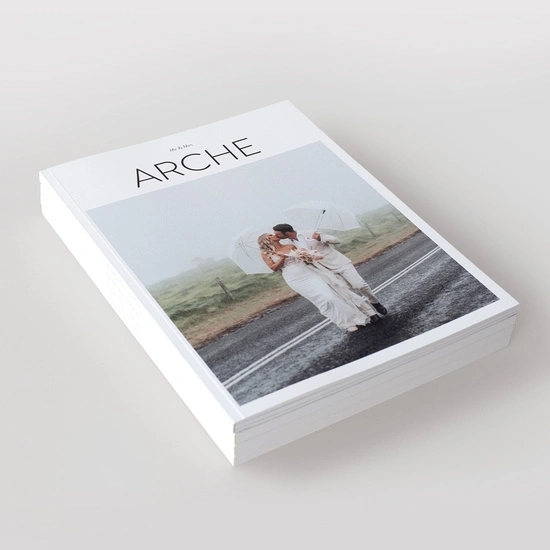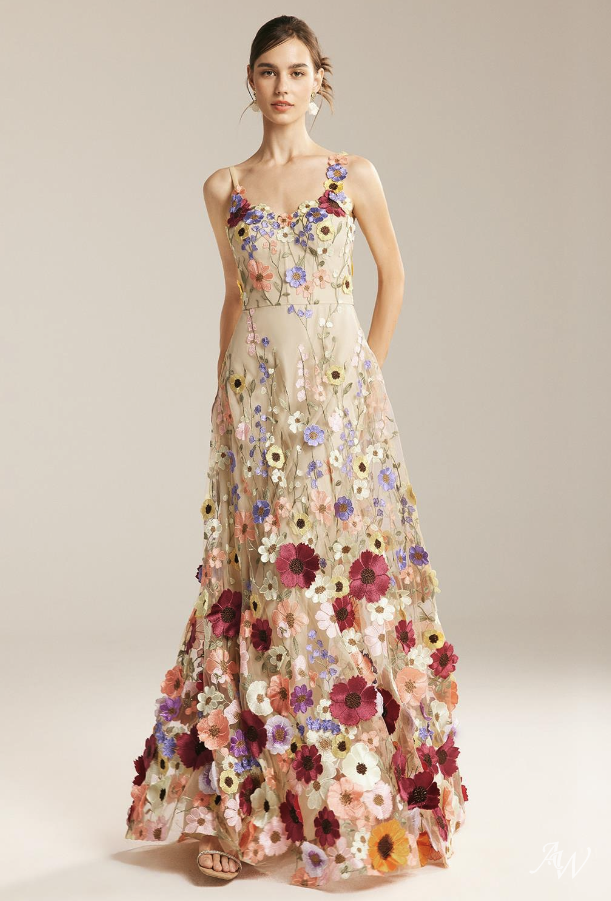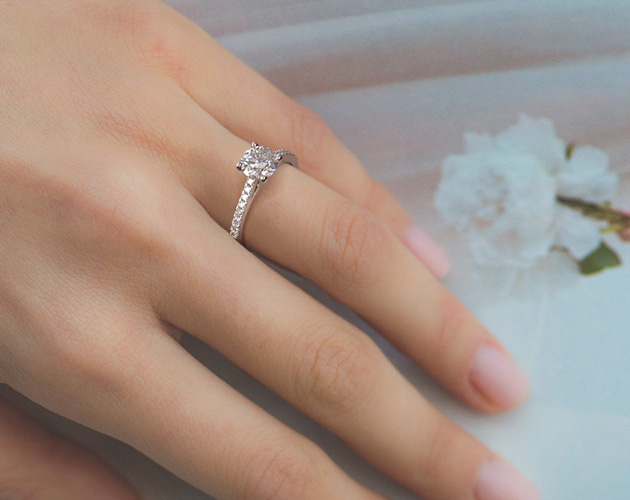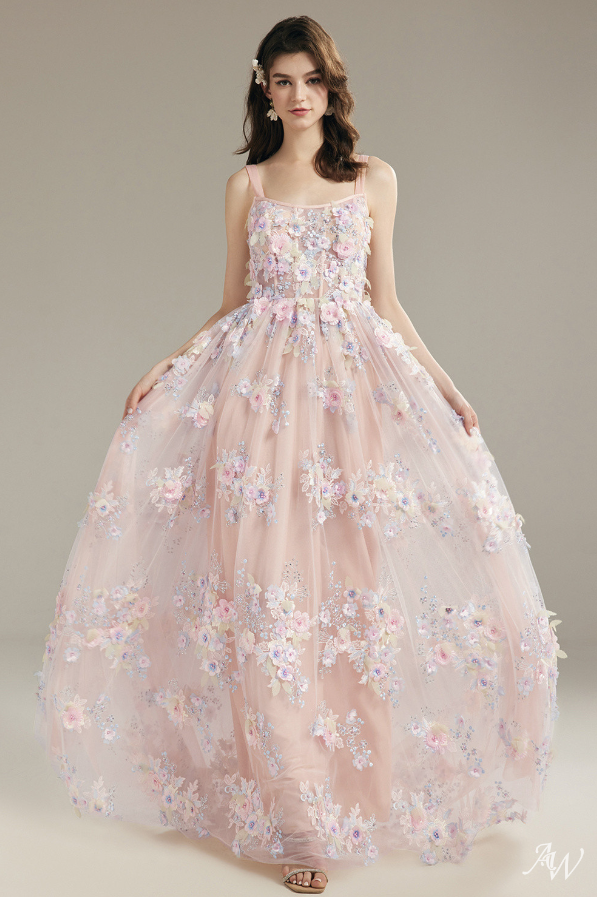Before I was giving bridal style advice, I was advising the great people of Williamsburg, Brooklyn what wine they should be guzzling. From campy, winter lodge weddings to summer oyster-filled fêtes by the seaside I've put together many wine cases in my day – and let me tell you, they're not all the same!

Photo by Claire Eliza
With longer days (meaning longer partying) and hotter temperatures, the wine you should be drinking changes significantly. Cheers to you, I'm giving a little secret advice from the wine biz if you're DIYing your wedding bar: go light, go big (literally, get those magnums!) and go for those (now-not-so) secret deals I've divulged below.
Light Reds

Photo by Claire Eliza
When we imagine ourselves in the summer, it’s likely not inside by the fire with a heavy bottle of wine from Bordeaux with a simmering pot of beef stew. Keep your reds on the lighter side, for refreshment and easy drinking.
If you plan to marry in a cooler location, certainly you can go bolder, but for those hot summer wedding nights, choose grapes that won’t weigh your guests down. Pinot Noir from Burgundy and Oregon are light and earthy, with tart red fruits. Gamay from Beaujolais is another great choice, silky smooth with dark blackberry fruits that won’t break the bank for even the highest of quality, like celebrated winemaker Lapierre’s Raisin Gaulois.
You can find cool, light versions of both of these grapes from the Loire Valley in France as well, alongside a light but smoky Pineau D’Aunis, or the wild and highly chillable Groulleau.
Cremant

Photo by Claire Eliza
Champagne is wonderful, I think we can all agree! But if you’re looking for more affordable bubbles, keep an eye out for the word “Cremant” on your wine search.
Cremant de Bourgogne is made of Chardonnay much like its fancier counterpart, in Champagne’s neighbor region (read our Champagne guide here), Burgundy. A super delicious Magnum of Cremant de Bourgogne from Moissonet-Bonnard (a bottle twice the size of the usual 750 ml bottle) currently retails for $50 in NYC, making it half the price of Champagne of similar quality.
Hungarian Rosé
Producing wine since Roman times, Hungary has a particular proclivity in the arena of Rosé. Some producers making upwards to ten different cuvées of Rosé per season, of different grape varietals, giving you a chance to find something that fits your taste. Rosé made of Kekfrankos from Duzsi Tamas is Provencal in style: dry, light and crisp. Likely to be one of the next big things in wine trends, you can still find Hungarian wines at very low prices before everyone else catches on.
Muscadet

Photo by Claire Eliza
For lovers of Sancerre, there’s another cool region (literally and figuratively) you should know about. Move further down the Loire, to the Atlantic Coast of France, you’ll find the village of Muscadet. Known for its bone dry, mineral, slightly salty white wine of Melon de Bourgogne. Trade your pricy Sauvignon Blanc for an even drier, even crisper, and even cheaper white that you’ll be drinking from now on, every time the temperature rises.
Buy a Variety

Photo by Claire Eliza
Believe it or not, your guests don't have to drink one grape all night long. If you have the opportunity to bring your own wine (how fun!) mix up your cases. Most wine shops will grant you a case discount, no matter what wines you select, so long as you fill a case. Give your guests a chance to have a favorite available much like a bar’s liquor stock.
With four glasses per bottle, most wine experts recommend a bottle per every two guests, and if there are bottles leftover, you’ll have a variety to drink together for months to come. For Instagram value, stock up on large format bottles and a sword for sabering your bubbles.

Photo by Claire Eliza
For more tipple advice, head to our food and wine section.



























